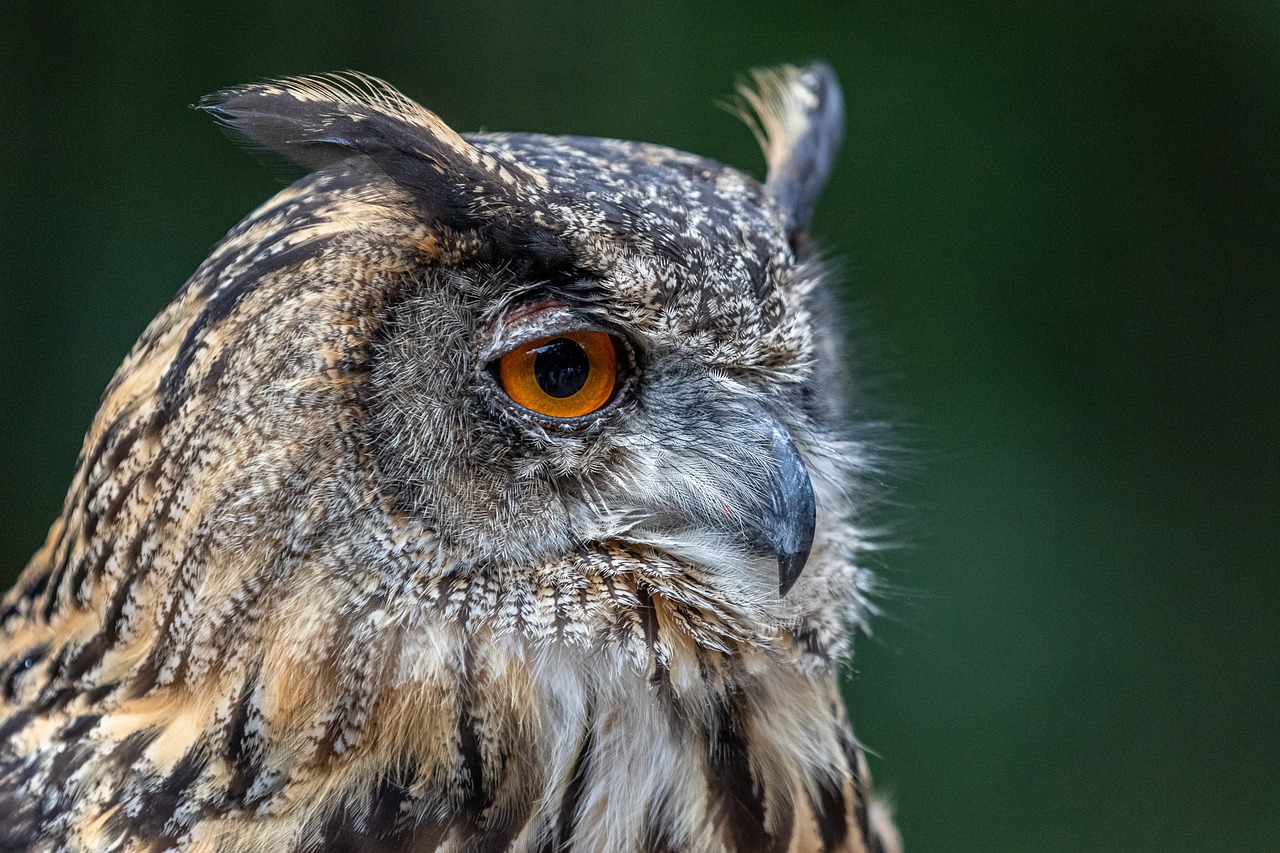OWL
DESERT EAGLE OWL
Class : Aves (Birds)
Scientific Name : Bubo ascalaphus
FAMILY : Strigidae
SPECIES : ascalaphus
GENUS : Bubo
ORDER : Strigiformes
About
What makes owls so mysterious to us?
They have had a powerful hold on the human imagination across centuries and cultures, appearing as warnings of doom and as symbols of wisdom. Of course, we know that most are nocturnal, and their nighttime habits may make them seem scary or spooky to us. We think of them flying silently over churchyards, and their eyes seem to glow in the dark. But there’s nothing supernatural about the acute hearing and sight of owls. Far from fearing them, we should appreciate owls as competent predators that hunt mice and other rodents, helping to maintain a balance in nature.
Everything about an owl’s body makes it the ideal bird for night living. An owl has the best night vision of any animal, and its hearing is amazing, too.
Threats
Although globally Desert Eagle Owl's are not threatened, the main threat is persecution in certain localities where they are viewed as ‘evil spirits’ and killed on sight.
Conservation Action
Whether you live in the city or the country, owls help us by controlling rodent and insect populations. But we often treat owls as enemies, and they fall victim to poison when fields are sprayed to kill weeds, insects, and rodents. We can help owls by finding other ways to control pests: for example, let owls and other predators do this job. They also need open spaces and trees if they are to survive. Each type of owl has different needs: some need forests, like the spotted owl, while the largest owl, the Eurasian eagle-owl, needs large territories and large prey.
Owls don’t have teeth, so they can’t chew their food; they rip their food apart and swallow the chunks or swallow their prey whole. They cough up or “cast” packets of bones and hair they are unable to digest. Dissecting these pellets (as many a biology student has done) reveals the owl’s diet.
Life Span
11 years in the wild; up to 15 years in zoos
Young
Number of eggs laid : 2 to 3 per clutch
Incubation period : 31 to 36 days
Size
Height : 18 to 20 inches (45 to 50 centimeters).
Weight : 3.5 to 4.5 pounds (1.6 to 2 kilograms); females are generally heavier than males.
Fun Facts
The Desert Eagle Owl is known for its distinctive ear tufts and large, orange-yellow eyes.
It primarily inhabits arid regions such as deserts and rocky outcrops, making it well-adapted to hot and dry climates.
Its diet mainly consists of small mammals, birds, and reptiles, showcasing its adaptability as a predator.
The Desert Eagle Owl's call is a deep, resonant hoot that can be heard over long distances, used for communication and territorial defense.
Most owls live in trees, but burrowing owls live in underground burrows.
GALLERY




